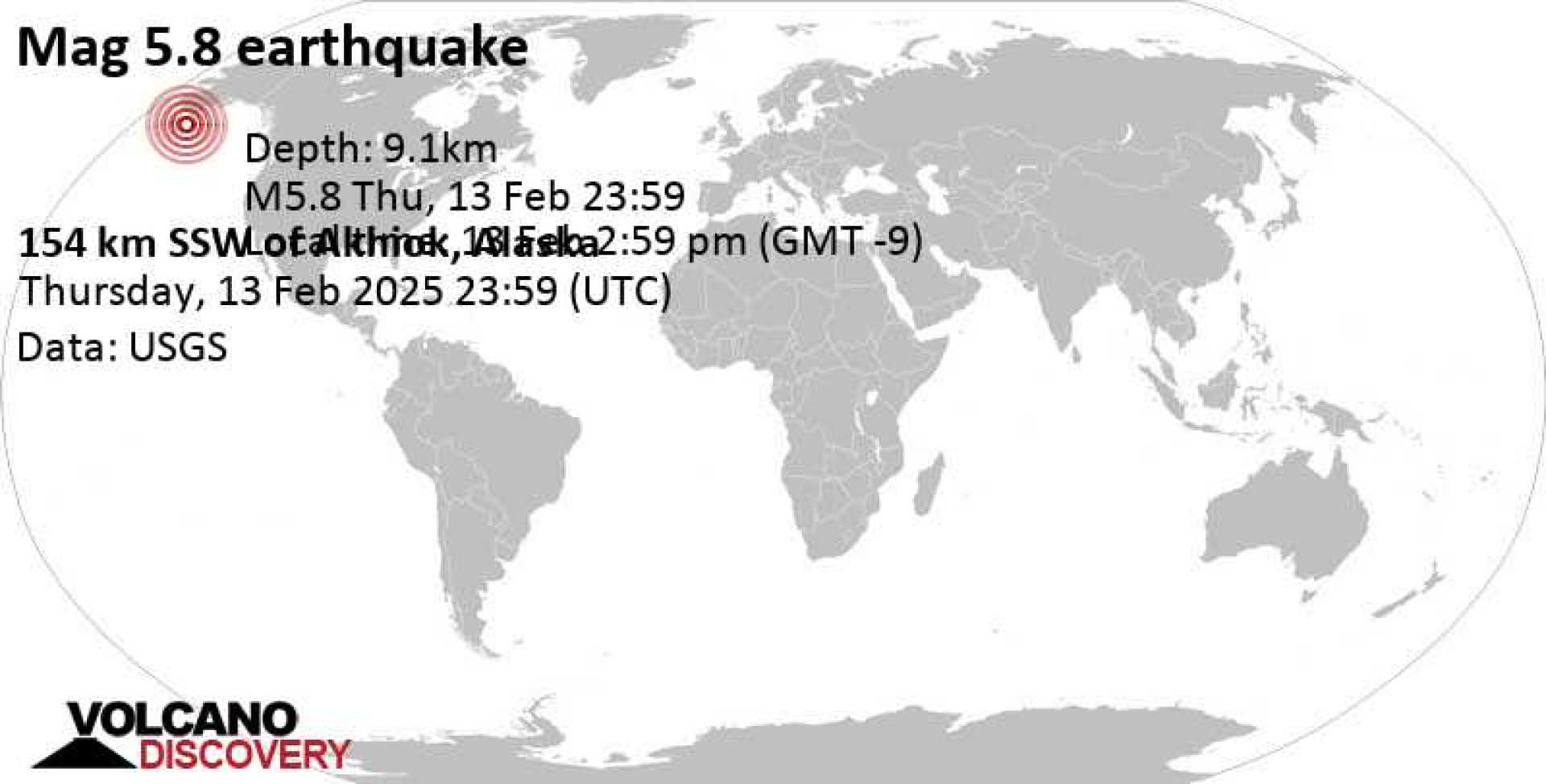News
Earthquakes Rattle Multiple States Across the U.S. as Alerts Sound

Los Ángeles, California — An array of seismic activity was recorded across various states in the U.S., including California, New York, and Texas on February 9, 2025. This surge of earthquakes has raised concerns about earthquake preparedness as reported by the U.S. Geological Survey (USGS).
The USGS reported a total of 18 earthquakes within the last 24 hours, with 11 occurring on the U.S. mainland. The strongest quake measured 4.1 in magnitude and occurred near Petrolia, California. The seismic activity prompted officials to stress the importance of being prepared for such natural disasters.
According to Mark Petersen, a geophysicist at the USGS, “This latest seismic model is essential for enhancing public safety and can provide critical information for architects and engineers in the building industry.” This development comes as seismic risks grow, with nearly 75% of the U.S. territory potentially facing damaging quakes in the future.
California remains a focal point for seismic risks due to the encroaching Pacific and North American tectonic plates diverging at a rate of approximately two inches per year. The San Andreas Fault, which stretches over 650 miles, is one of the most significant fault lines in the region, often producing small tremors and occasional larger quakes.
In areas prone to seismic activity, individuals are urged to have an emergency kit ready, know evacuation routes, and stay calm during an earthquake. The USGS encourages citizens to familiarize themselves with safety protocols, such as moving to a secure location under heavy furniture during a tremor.
The USGS provides an interactive map for the public to track real-time earthquake information. This valuable resource can be accessed through their official website, allowing residents to stay informed and react promptly to seismic events.
Officials also recommend contacting 911 in emergencies or the USGS at 1-888-ASK-USGS for non-emergency inquiries regarding seismic activity.
Preparedness experts emphasize that understanding the risks and having a well-constructed emergency plan can considerably reduce harm during earthquakes. Many states offer resources and training for residents to improve their readiness.
In light of the numerous tremors recorded recently, residents in California, Texas, and Hawaii—areas identified as particularly vulnerable—are reminded to assess their safety plans and update them as necessary. As more individuals become aware of the seismic threats, a strengthened focus on preparedness can lead to better outcomes should disaster strike.












